Have you ever wondered about the rich and vibrant stories of Hindu mythology? These captivating tales are filled with gods and goddesses, epic sagas, mythical creatures, and profound moral teachings. Hinduism, one of the world’s oldest religions, is steeped in mythology that has been passed down through generations. In this article, we will take a deep dive into the fascinating world of Hindu mythology, uncovering the stories of gods and goddesses, exploring epic sagas like the Mahabharata and the Ramayana, discovering mythical creatures such as Nagas and Gandharvas, and delving into the moral teachings and life lessons found in texts like the Bhagavad Gita and the Ten Avatars of Vishnu. So, grab a seat and prepare to be enchanted as we embark on a journey to unravel the mysteries and ancient wisdom of Hindu mythology.
Contents
- Gods and Goddesses
- Epic Sagas
- Mythical Creatures and Beings
- Moral Teachings and Life Lessons
- Conclusion
- Frequently Asked Questions
- References
-
Frequently Asked Questions
- 1. Who is the most powerful Hindu god?
- 2. Are all Hindu gods and goddesses related?
- 3. What is the significance of the Mahabharata in Hindu mythology?
- 4. Who is the central character of the Ramayana?
- 5. What are Nagas in Hindu mythology?
- 6. What is the Bhagavad Gita?
- 7. What are the Ten Avatars of Vishnu?
- 8. Who are Gandharvas and Apsaras?
- 9. What is the role of Devi in Hindu mythology?
- 10. How do Hindu mythological stories teach moral lessons?
- References
- Read More
Gods and Goddesses
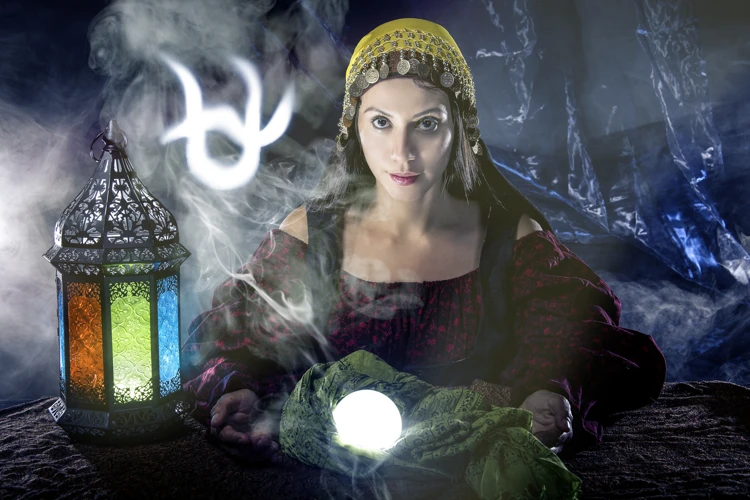
Gods and Goddesses: In Hindu mythology, gods and goddesses play a central role, representing various aspects of the divine. One of the most significant trios is the Trimurti, consisting of Brahma, Vishnu, and Shiva. Brahma is the creator, Vishnu is the preserver, and Shiva is the destroyer. These three deities embody the cyclical nature of existence. Another important aspect of Hindu mythology is the concept of Devi, the divine feminine. Devi is the embodiment of feminine power and encompasses various goddesses such as Durga, Lakshmi, and Saraswati. These goddesses exemplify different virtues and qualities. To explore the fascinating interpretations of gods and goddesses in ancient art, you can delve into the world of ancient art and sculptures. This art portrays the divine with intricate details and symbolism, showcasing the vastness of Hindu mythology.
Epic Sagas
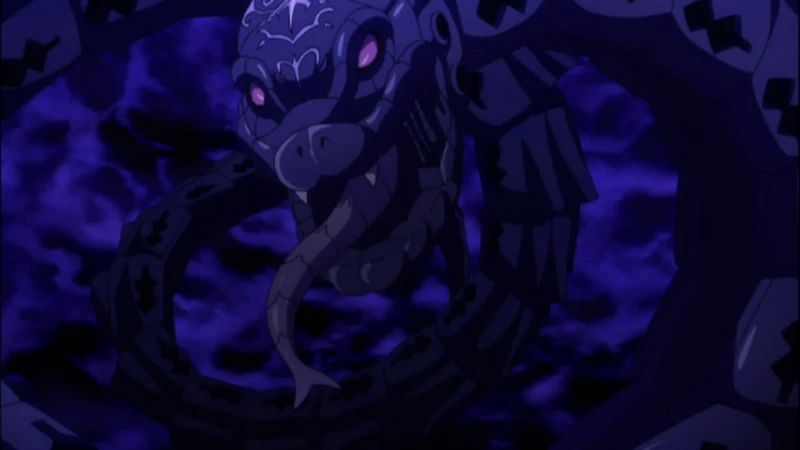
Epic Sagas: Hindu mythology is renowned for its epic sagas that have captivated generations. One of the most famous and influential of these sagas is the Mahabharata. This ancient tale tells the story of a great war between two families, the Pandavas and the Kauravas, and is filled with complex characters, moral dilemmas, and philosophical teachings. It also includes the Bhagavad Gita, a sacred text within the Mahabharata, which explores the concepts of duty, righteousness, and the nature of existence. Another renowned saga is the Ramayana, which narrates the adventures of Prince Rama, his loyal wife Sita, and the brave monkey warrior Hanuman. The Ramayana teaches important lessons about loyalty, devotion, and the triumph of good over evil. These epic sagas are not only captivating narratives, but they also hold deep spiritual and philosophical significance, weaving together the fabric of Hindu mythology.
Mythical Creatures and Beings
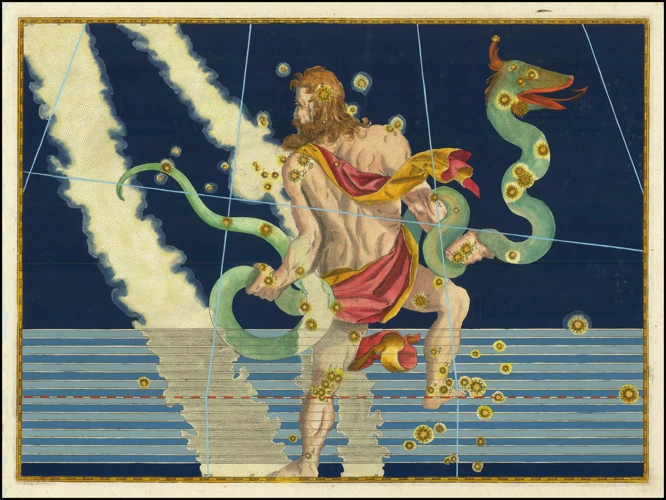
Mythical Creatures and Beings: Hindu mythology is teeming with fascinating creatures and beings that add a touch of magic and wonder to the stories. One such group of creatures is the Nagas, serpent gods who are often depicted as half-human and half-serpent. The Nagas are believed to reside in the underworld and possess great wisdom and power. Another enchanting group is the Gandharvas and Apsaras, celestial musicians and dancers who entertain the gods and goddesses with their melodious tunes and graceful movements. These celestial beings are often portrayed as divine messengers and are known for their beauty and elegance. The mythology also includes other mystical creatures like Garuda, the half-human and half-eagle deity who serves as the mount of Lord Vishnu. These creatures and beings bring an element of enchantment and intrigue to the rich tapestry of Hindu mythology.
Moral Teachings and Life Lessons
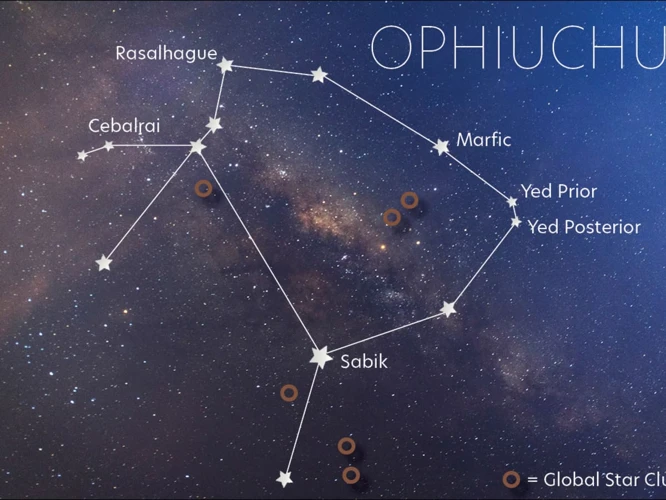
Moral Teachings and Life Lessons: Hindu mythology is not just a collection of stories; it also contains deep moral teachings and valuable life lessons. One prominent text in Hinduism is the Bhagavad Gita, a part of the Mahabharata epic. The Bhagavad Gita explores profound philosophical concepts and provides guidance on leading a righteous and fulfilling life. It emphasizes the importance of duty, selflessness, and the pursuit of knowledge. Another significant aspect of Hindu mythology is the concept of the Ten Avatars of Vishnu. These avatars are incarnations of Lord Vishnu, who embodies the values needed to maintain cosmic balance. Each avatar portrays different qualities and imparts lessons for humanity, such as the importance of righteousness and the consequences of ego and greed. These moral teachings and life lessons in Hindu mythology serve as a guide for individuals seeking spiritual growth and enlightenment.
Conclusion
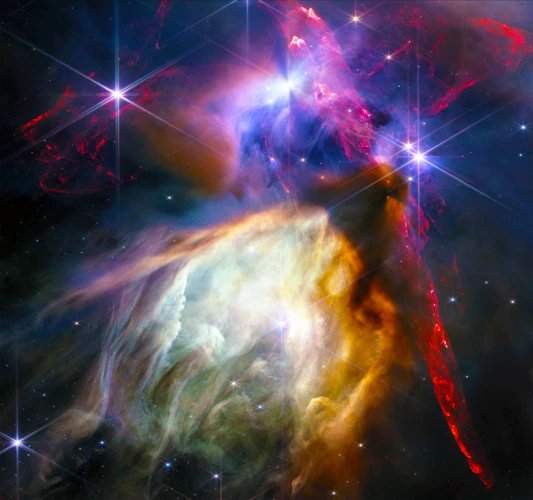
Hindu mythology is a treasure trove of captivating stories, deep symbolism, and profound teachings. Through exploring the gods and goddesses, epic sagas, mythical creatures, and moral lessons, we gain insights into the rich cultural heritage and spiritual beliefs of Hinduism. The Trimurti – Brahma, Vishnu, and Shiva – represent the cycles of creation, preservation, and destruction. The divine feminine, Devi, embodies the power and virtues of numerous goddesses. Epic sagas like the Mahabharata and the Ramayana offer intricate narratives that teach us valuable lessons about duty, honor, righteousness, and the battle between good and evil. Mythical creatures such as Nagas and Gandharvas add an element of mystery and wonder to the stories. And the moral teachings found in texts like the Bhagavad Gita and the Ten Avatars of Vishnu offer guidance on living a virtuous and meaningful life. Hindu mythology provides a profound understanding of the human experience and the continuous dance between the mortal and the divine. It is a vast universe waiting to be explored and celebrated, offering endless inspiration and wisdom for seekers of knowledge and spiritual growth.
Frequently Asked Questions
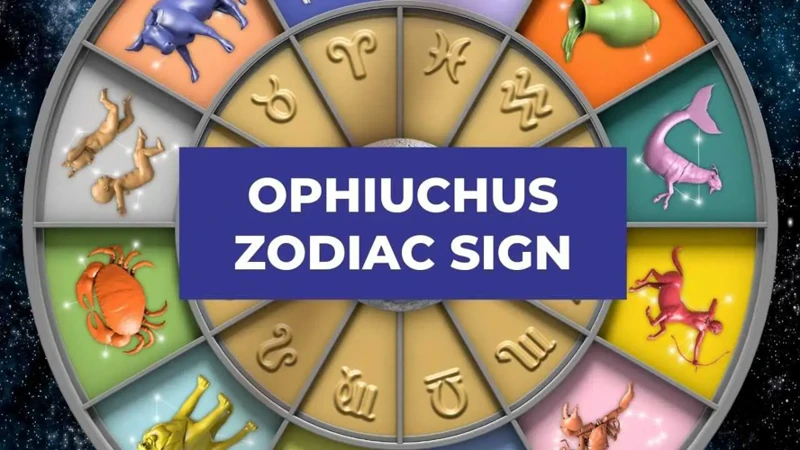
FAQs about Discovering the Stories of Hindu Mythology:
1. Who are the Trimurti in Hindu mythology?
The Trimurti consists of Brahma, Vishnu, and Shiva. Brahma is the creator, Vishnu is the preserver, and Shiva is the destroyer.
2. What is the significance of the Devi in Hindu mythology?
Devi represents the divine feminine and encompasses various goddesses. She embodies feminine power and represents different virtues and qualities.
3. What are some well-known epic sagas in Hindu mythology?
Two prominent epic sagas in Hindu mythology are the Mahabharata and the Ramayana. The Mahabharata tells the story of a great war between two families, while the Ramayana chronicles the life and adventures of Lord Rama.
4. What are Nagas in Hindu mythology?
Nagas are serpent gods or deities that hold a significant place in Hindu mythology. They are often portrayed as half-human and half-serpent beings with immense power.
5. Who are Gandharvas and Apsaras in Hindu mythology?
Gandharvas and Apsaras are celestial musicians and dancers in Hindu mythology. They are known for their captivating performances and their association with gods and goddesses.
6. What teachings can be found in the Bhagavad Gita?
The Bhagavad Gita contains profound moral teachings and life lessons. It explores various philosophical concepts such as duty, righteousness, and the importance of self-realization.
7. What are the Ten Avatars of Vishnu?
The Ten Avatars of Vishnu are different incarnations of Lord Vishnu who appear on Earth to restore balance and righteousness. They include well-known personalities like Rama and Krishna.
8. Is Hindu mythology still relevant today?
Yes, Hindu mythology continues to be widely embraced and celebrated. Its stories, teachings, and symbols have greatly influenced various aspects of Indian culture, art, and religious practices.
9. Can one read and understand Hindu mythology without being a Hindu?
Absolutely! Hindu mythology is open to anyone who is interested in exploring its rich stories and teachings. It offers valuable insights into human nature, spirituality, and the interconnectedness of life.
10. Are there any recommended books or resources for delving deeper into Hindu mythology?
Yes, there are several books and resources available for those wishing to dive deeper into Hindu mythology. Some popular ones include “Myth = Mithya: A Handbook of Hindu Mythology” by Devdutt Pattanaik and “The Immortals of Meluha” by Amish Tripathi, which combines mythology with fiction.
References
- Top 7 Indian Mythology Books You Must Read
- 10 Best Indian Mythology Podcasts You Must Follow in 2023
Frequently Asked Questions

1. Who is the most powerful Hindu god?
The most powerful Hindu god is Lord Shiva. He is known as the destroyer, responsible for the dissolution and transformation of the universe.
Yes, Hindu gods and goddesses are often interrelated through various mythological stories and family connections. For example, Brahma is the father of Saraswati, the goddess of knowledge and arts.
3. What is the significance of the Mahabharata in Hindu mythology?
The Mahabharata is one of the two major Sanskrit epics of ancient India. It narrates the story of the Kurukshetra War and conveys important moral teachings and philosophical concepts.
4. Who is the central character of the Ramayana?
The central character of the Ramayana is Lord Rama, an incarnation of Lord Vishnu. The epic follows his journey to rescue his wife, Sita, from the demon king Ravana.
5. What are Nagas in Hindu mythology?
Nagas are serpent deities in Hindu mythology. They are often depicted as half-human, half-serpent beings and are associated with water bodies and fertility.
6. What is the Bhagavad Gita?
The Bhagavad Gita is a 700-verse scripture that is part of the Indian epic Mahabharata. It contains a conversation between Prince Arjuna and Lord Krishna, imparting spiritual wisdom and guidance.
7. What are the Ten Avatars of Vishnu?
The Ten Avatars of Vishnu are the different incarnations that Lord Vishnu takes on to restore balance and righteousness in the world. They include Matsya, Kurma, Varaha, and Krishna, among others.
8. Who are Gandharvas and Apsaras?
Gandharvas and Apsaras are celestial beings in Hindu mythology. Gandharvas are celestial musicians, and Apsaras are celestial dancers who entertain the gods and humans with their artistic skills.
9. What is the role of Devi in Hindu mythology?
Devi, the divine feminine, plays a crucial role in Hindu mythology. She represents the creative and nurturing aspects of the universe and is worshipped as various goddesses, including Durga, Lakshmi, and Saraswati.
10. How do Hindu mythological stories teach moral lessons?
Hindu mythological stories often convey moral lessons by showcasing the consequences of actions, ethical dilemmas faced by characters, and the importance of virtuous behavior and adherence to dharma (righteousness).
References
- Nine Great Hindu Mythology Books
- Fascinating Indian Myths and Legends
- Top 7 Indian Mythology Books You Must Read






